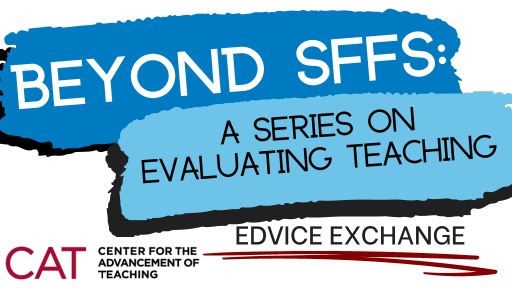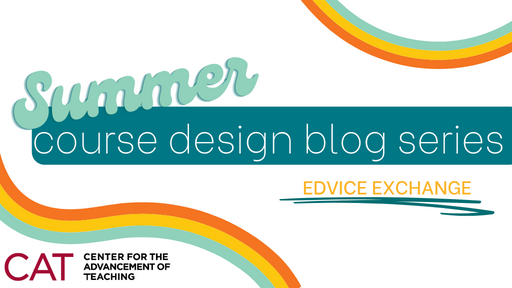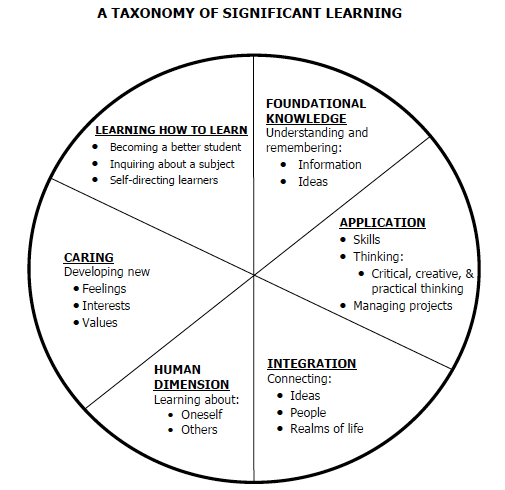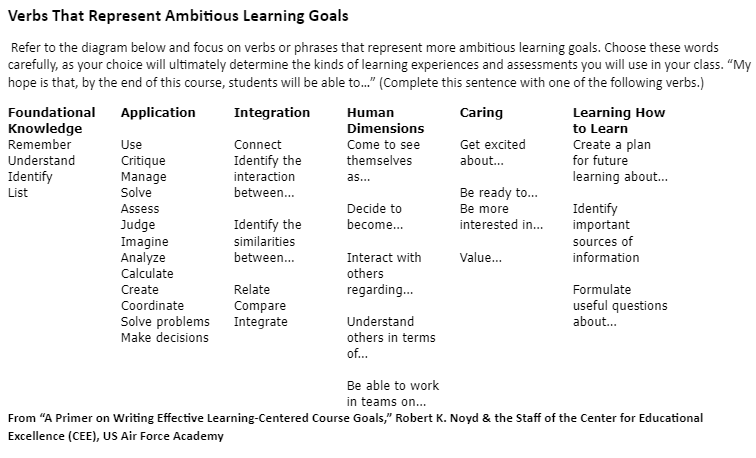Stephanie Fiore and Linda Hasunuma

Peer review of teaching gets a bad rap. It conjures up images of being judged, of one’s teaching put under a microscope. Faculty express discomfort and nervousness at being observed in class, and, interestingly, they also resist the idea that they are “qualified” to provide feedback on a colleague’s teaching. That is, of course, if they even give feedback. I have a distinct memory of my chair coming into my class (unannounced), sitting in the back and writing furiously the whole time. Afterwards, I never received any feedback, but I knew that his mysterious impressions of my teaching were written in a report and filed somewhere with my name on it. And, of course, while faculty need a letter written by a peer reviewer for certain summative purposes, such as promotion, merit, or awards, these letters are often little more than a checkbox exercise written by a well-meaning colleague, and certainly aren’t intended to improve teaching.
But it doesn’t have to be this way!
Formative peer review of teaching (and by formative I mean, peer review intended to support continued growth in teaching excellence) should contribute to what Shulman calls making teaching community property. Just as we would never evaluate scholarly research on the basis of offhand comments made around the water cooler, nor should we evaluate teaching in this way. A community of colleagues can provide feedback in both our research and teaching worlds to help us improve the quality of our work. This word—community—is so important here. Done well, peer review should build community in your departments and colleges as you talk to each other about teaching and learning, promote shared educational goals, and of course, create natural support structures when our teaching goes sideways. Within this community of colleagues, a well-designed peer review process helps to encourage reflection and more intentionality in teaching, and energizes us as instructors as we gain more insight into our practices. Note that peer review can take the form of classroom observations, as well as review of a Canvas course, a syllabus, or other teaching artifacts (such as assignments, assessments, and materials). If your department is considering peer review as a professional development practice, the CAT can help you create a protocol that works for your specific department’s needs.
Well-designed peer classroom observations should be a rewarding collaboration that contributes to the professional development of both the reviewer and the reviewed, as both gain insight into effective teaching practices through this process. There are three stages to an effective peer classroom observation: the pre-observation discussion, the observation, and the post-observation debrief.
The Pre-Observation Discussion
Before the observation, the colleague conducting the review should try to learn as much as possible about the class goals and other helpful details, and any specific areas of concern the instructor may have about their teaching so that the reviewer can pay special attention to those areas during the observation and provide targeted feedback.
The Observation
For the observation itself, it is very helpful to use an instrument to guide the reviewer. The CAT has recently created a new comprehensive instrument that may be useful for your peer observations, and there are other models we can share as well. Here are some helpful recommendations for conducting the observation adapted from “Twelve Tips for Peer Observation of Teaching” from Siddiqui et al, 2007):
- Be objective. Focus on specific teaching techniques and methods that were outlined in the instrument. You should communicate your observations, not your judgments.
- Resist the urge to compare with your own teaching style. Being peers does not necessarily mean that the two of you will have the same teaching style. Concentrate on the teaching style of the person and the interactions that you observe.
- Respect confidentiality. Your professionalism and trustworthiness is essential in building a peer review relationship with your partner, so confidentiality is important.
- Make it a learning experience. For the reviewer too, the process of conducting a peer observation is a learning experience, which both builds the reviewer’s skill at providing constructive feedback, and may spark new ideas useful for the reviewer’s teaching.
The Post-Observation Debrief
Providing supportive and constructive feedback in a timely manner is key to making this experience meaningful to your colleague’s professional development. But this is, of course, the part that worries faculty most. We often advise reviewers to think of the debrief as a discussion between colleagues, focused more on asking questions than telling a colleague what went right or wrong. The guidelines below will help you give helpful feedback in peer observations:
- Give your colleague an opportunity first to self-assess what they did well, what they have questions about, and what they might do differently.
- Limit the amount of feedback to what the receiver can use rather than the amount you would like to give (we recommend no more than 3 strengths and 3 areas of discussion and improvement)
- Your feedback should be based on observations rather than inference
- Provide your feedback in descriptive rather than evaluative language, using “I” statements rather than “you” statements. “I saw that some students in the back were disengaged”, rather than “you should have really done something about the disengaged students in the back”.
- Begin with some (genuine) positive comments.
- Offer constructive ideas, framed as possibilities for consideration. It can help to frame these ideas as questions. “Have you considered trying…?”
- Invite dialogue about your comments and questions.
Adapted from: Ende, J., M.DEnde, J. (1983). Feedback in Clinical Medical Education. JAMA; 250: 777-781; and Oxford Learning Institute. Giving and Receiving Feedback. http://www.learning.ox.ac.uk/rsv.php?page=319
Peer review can be a rewarding and meaningful part of our professional development if designed with care and transparency and in the spirit of doing our best to support student learning. It can help us build community with our colleagues through a shared sense of responsibility and mentorship about our development as teachers, and encourage personal reflection about our teaching practice. Ultimately, of course, its purpose is to deepen student learning, a goal we share as educators.
In the next part of this series, we’ll discuss evaluating teaching using outcomes and assessments.
Stephanie Fiore is Assistant Vice Provost of Temple’s Center for the Advancement of Teaching and Linda Hasunuma serves as an Assistant Director at the CAT.




